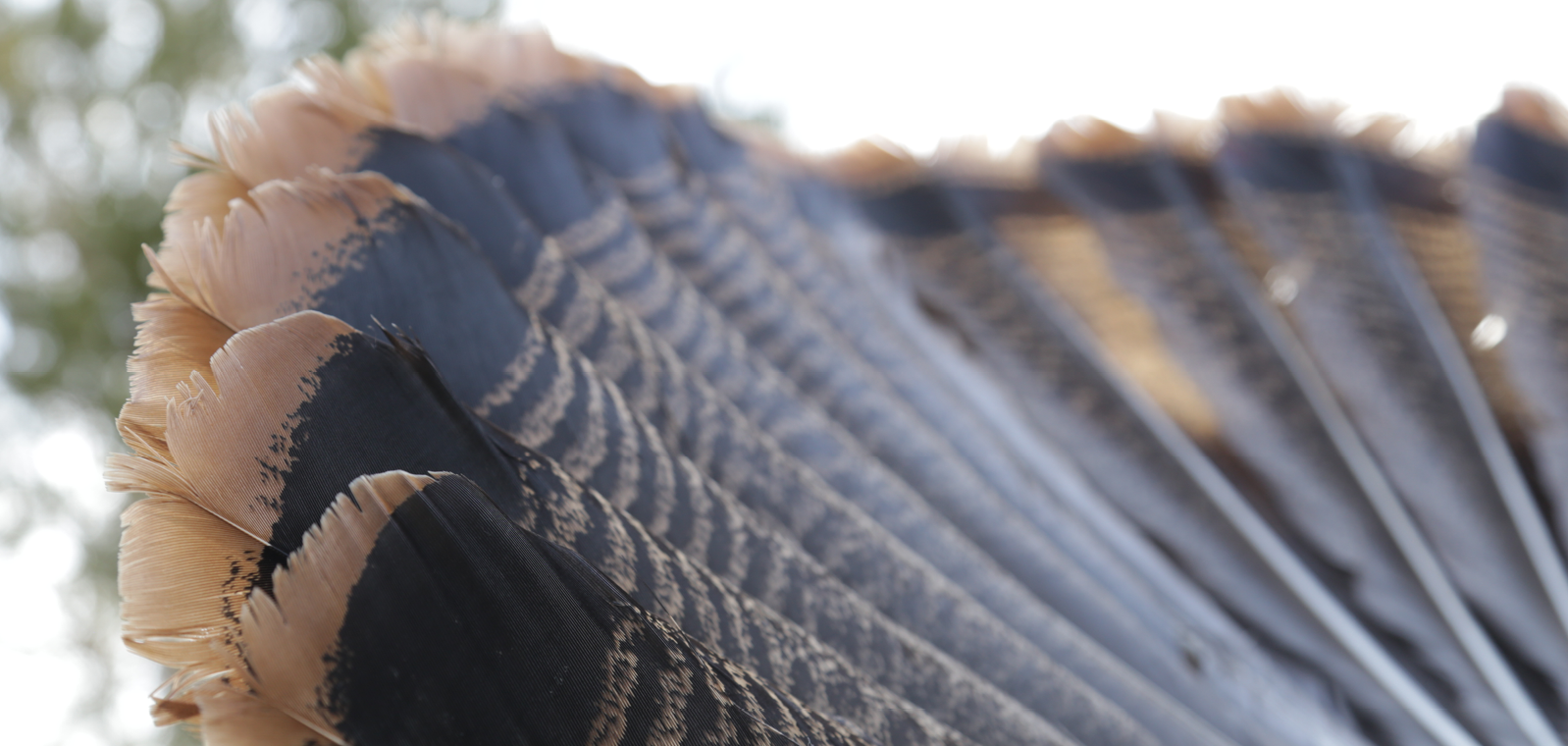
After a long winter, the sights and sounds of spring are a welcome addition to the senses.
Hearing the songbirds early in the morning or the trickle of a small stream lets me know winter is on its way out and a new season is upon us.
However, there’s nothing more synonymous with spring than a turkey gobble at sunrise, at least to an outdoorsman’s senses.
Early mornings in the timber are a regular part of most turkey hunter’s schedule. Although turkeys can be hunted throughout the day, most hunters' target the morning hours. Turkeys are much more vocal in the morning and tend to be more predictable, at least off of the roost. Turkeys roost in the trees overnight and getting into position before the they fly down can make or break your hunt.
If you happen to know where the birds are roosted, this concept is pretty simple. However, if you’re forced to locate the birds the morning of that’s when things can get interesting. In most instances, turkeys will be roosted in groups. There’s usually several hens (female) for every tom (adult male) and luring a tom away from the group and within shooting range can be difficult. However, if you’re able to get close to the flock without being detected and understand the importance of timing, you can greatly increase your odds of notching a tag.
There’s a short window of time between when the first gobble echoes through the trees and when turkeys start to fly down. That first gobble is usually shortly after daybreak but well before sunrise. This is the first part of the timing equation, getting into position before the first bird hits the ground by using the cover of the darkness. In an ideal situation, you would position yourself between where the birds are roosted and where they are likely to feed once they leave the roost. The goal is to be close enough to the flock that a tom thinks you’re part of the group. I try to get within at least 150 yards of the flock and closer if the conditions allow.
The topography, leaf cover, and moisture are usually the most important factors when determining how close you can get. I’m almost always on the side of getting too close versus not close enough.
Once you are in position, you are once again on the clock. Toms generally fly down first and are pretty vulnerable if you can get their attention before the hens hit the ground. This is another short window from a time stand point, usually less than 15 minutes. This is your best chance to fill a turkey tag off of the roost. The toms are usually fired up from a long night in the tree and are quite responsive. If you’re close enough to where he lands you have a great chance at calling him in. In this situation, try your best to read the mood of the tom and go from there.
Often times, you won’t need to call very often before he closes the distance. Once the first hen hits the ground your odds of pulling the tom away from the group go down dramatically. It is possible to call the entire group in, but it’s much more difficult.
If all goes well, you’ll get to watch the sunrise with a turkey in hand and in plenty of time for breakfast! If things don’t go as planned, that just means there’s another spring sunrise in your future. Good luck to all of the turkey hunters out there and if you plan on hunting the roost make sure you get out early and get in close!
To view the article in the online 2022 Spring Partners Magazine, click here.


